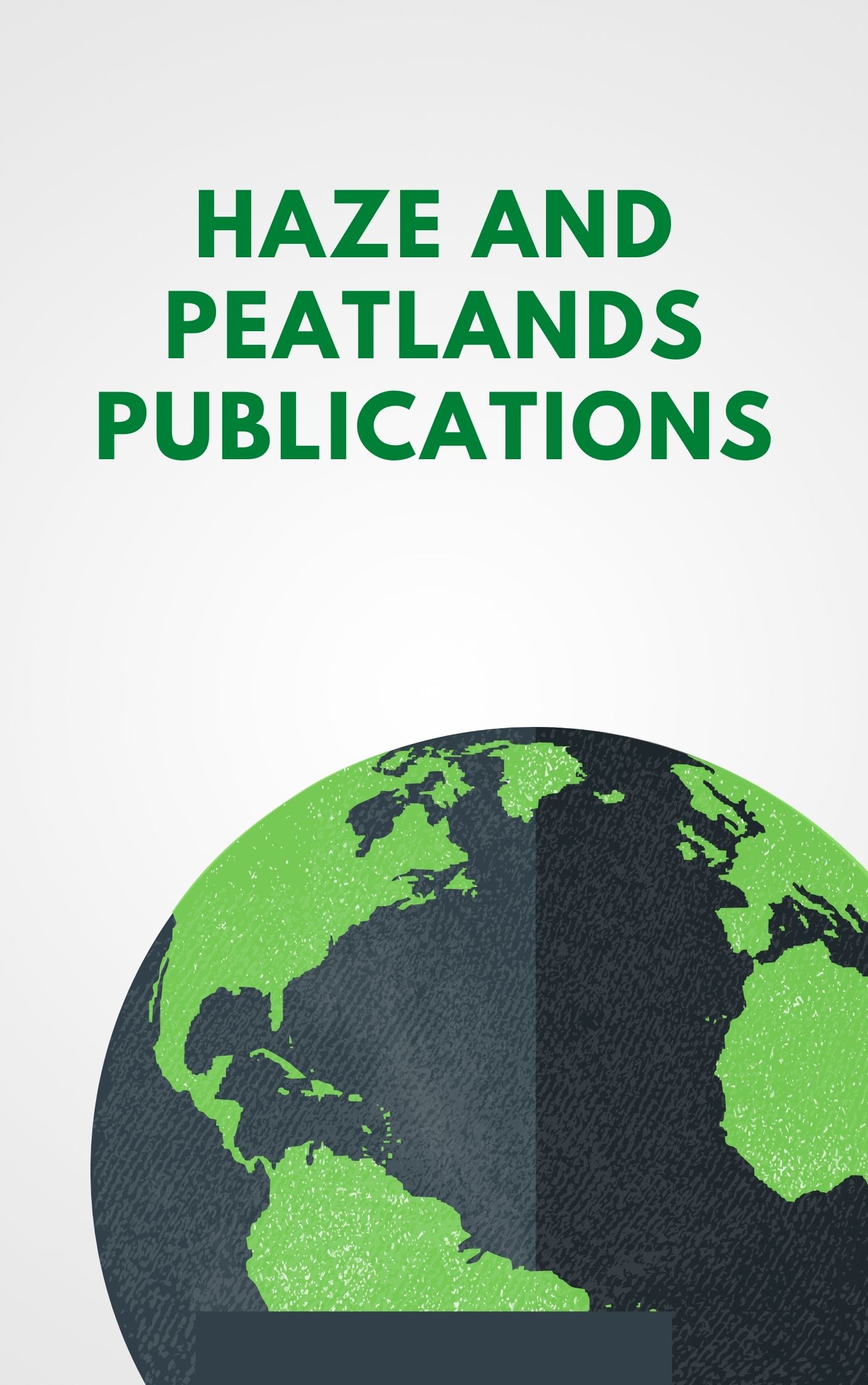Fire is an important community wetland management tool in Indonesia, but its increasing use in the wetlands of southern Sumatra is degrading the landscape and diminishing household incomes and livelihood options. We studied evolving community land and fire use, resource and livelihood impacts on two sites of roughly 250 km2 each using satellite image analysis and biological and socio-economic surveys. Uncontrolled fire use expanded over time in relation to sonor or swamp rice cultivation, logging, fishing, grazing, and annual cropping on drained wetlands. As a result, most of the landscape has been subject to repeated fires of varying intensities, more extensive in El Niño years. Direct burning by companies played a smaller transitory role in fire ignition over the two decades. But company activities and other large-scale developments contributed to expanding community fire-based land use by bringing in more people, improving access to remote wetlands or making them more flammable. Widespread, repeated fires have transformed the landscape from mature high swamp forests to uniform stands of fire-resistant Gelam (Melaleuca cajuputi) forests and thickets, open savannas and grasslands. These new types of land cover are also degrading. Local communities have rapidly adapted to the changing resources and new opportunities. Logging and fishing declined in importance, and sonor and harvesting of Gelam expanded. But resource depletion has led to falling incomes and fewer livelihood options. The impacts extend beyond local areas as workers migrate into neighbouring forests to extract resources. Large-scale developments, community fire-based management practices and landscape transformation are spreading from accessible to formerly more remote wetlands. © 2007 Springer Science+Business Media, B.V.
View source

